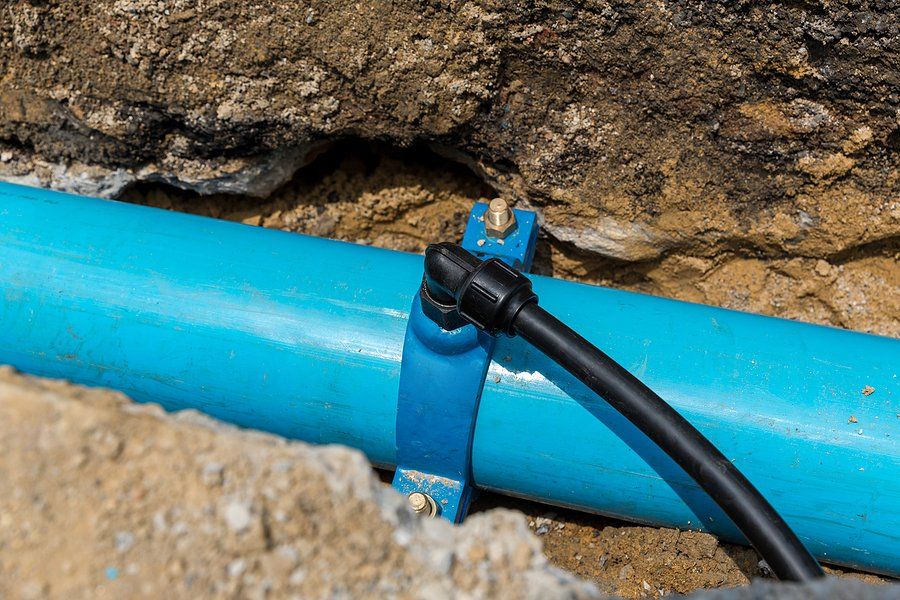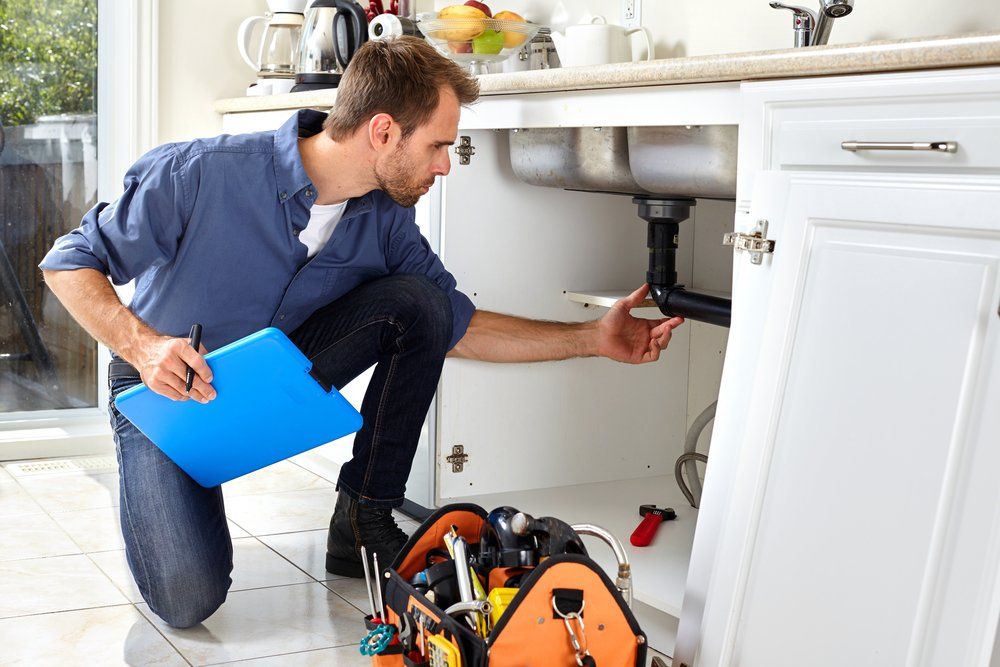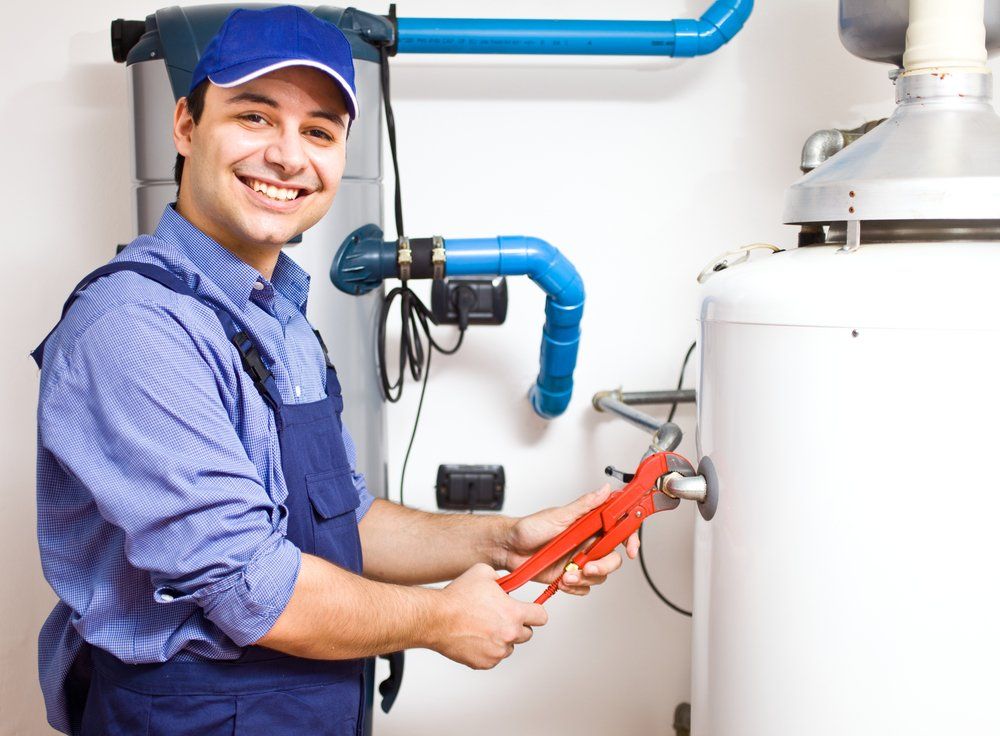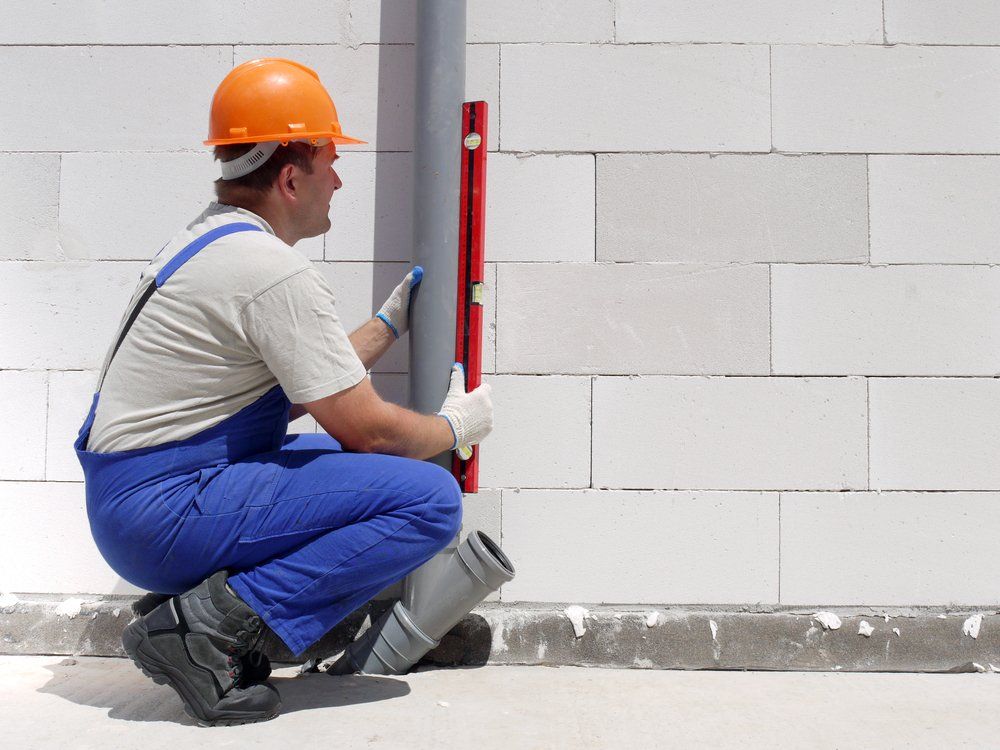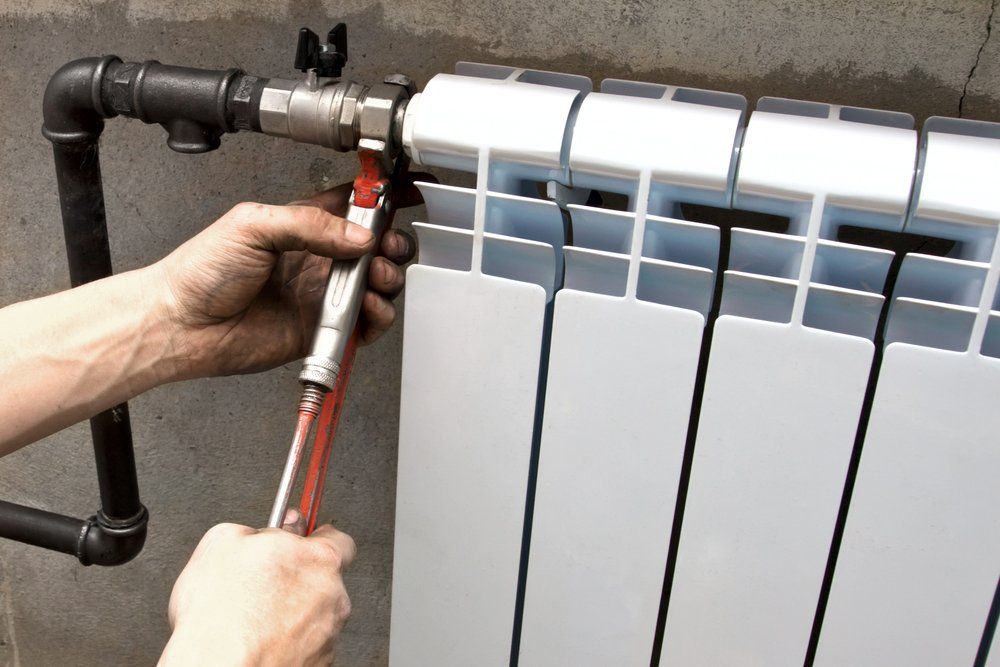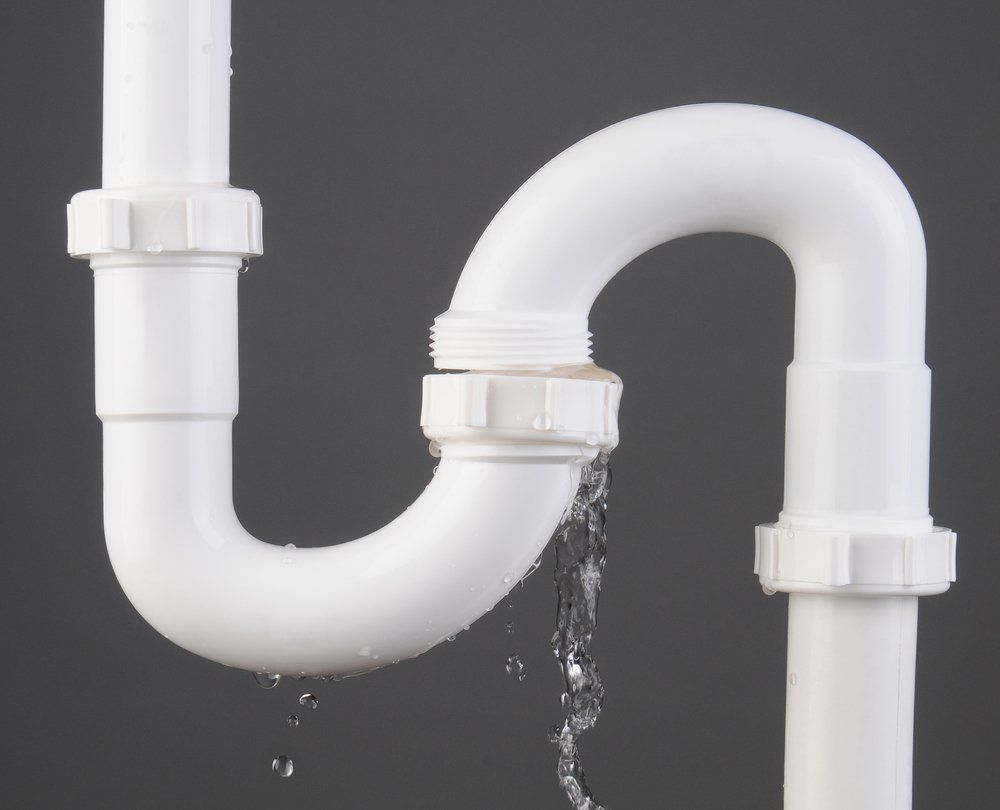9 Reasons Why Your Toilet Is Leaky
The toilet leak is no joke! It can cause flooding in your house and make you sick. If it's not fixed soon enough, then the cost of repairs could become very high indeed. Toilet leaks are often caused by faulty plumbing and can be hard to spot.
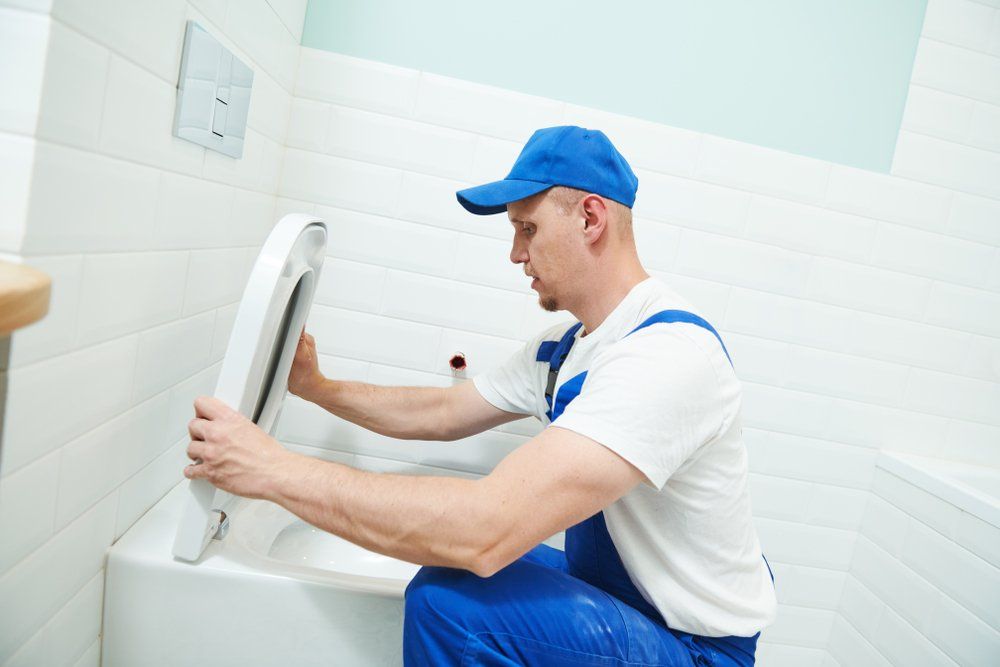
Your toilet is leaking. You know it, and I know it. But what can you do about it? Here are nine reasons your toilet might be leaking and some solutions for each one. Leaking toilets are more than just a nuisance - they can also cause wastewater and increase your monthly utility bill. So if you're having trouble with a leaky toilet, make sure to read on for some helpful tips.
#1 The Flapper is Old and Needs to be Replaced
When your toilet flapper is old, it can cause leaks. The most common problem with this is that the spring inside weakens and doesn't seal off properly which results in water coming through around the base of where you install these parts on either side close to home or workplace--this would be especially true if there was a lot more wear-and-tear than what's considered normal over time due mostly from folks using their toilets like they were supposed too (flush powers). Other causes include modification by someone else who doesn’t know how things should go together, or even worse: An error during installation leading directly into failure down the line. If it doesn’t look like it’s seated correctly, or water is overflowing at a much faster rate than it typically would, these are telltale signs of an older flapper that will eventually need replacing.
If your toilet is leaking, one of the most likely causes is that the flapper is old and needs to be replaced. The flapper is the part of the toilet that controls the flow of water into the tank, and over time it can wear out or become damaged. If you suspect that your flapper is the problem, you can easily replace it yourself.
#2 The Valve Seat is Damaged
The toilet is leaking because the valve seat has been damaged. This can happen for many reasons, but it usually occurs due to wear and tear over time or during use by family members who do not flush all their waste away after using the restroom - leading them towards bacteria buildup that eventually causes corrosion on its parts resulting in moisture seeping through which will cause further damage over time.
There are many causes of a toilet being leaky, but one thing is certain: the valve seat makes up part of it. A damaged or worn-out seat will cause your fixture to wastewater and can lead directly into overflow problems with other parts in their system such as tanks (and later on down the road even evaporation). If there’s any visible wear on this part, it needs to be replaced as soon as possible before more serious issues present themselves.
You will need to replace the valve seat and have a professional plumber take a look at it to diagnose the issue and fix it as soon as possible to prevent any further water damage in your home.
#3 The Water Level is Set too High or Low
Too much water in your toilet can cause it to leak. When the water level is too high, it puts stress on the flapper and can cause it to leak. If the water level is too low, the flapper may not be able to close properly, which will also cause a leak. Make sure to adjust the water level accordingly to prevent a leak.
Toilets are not built to handle water pressure. The toilet tank may be leaking because of a damaged seal or O-ring, which can allow air into the system and cause flooding in your home's pipes. This type of leak is often difficult to detect, so it's important to have a professional plumber check your toilet for any damage.
To fix this issue, it will need to either raise/lower accordingly or install new anticipated brackets underneath which can support more weight without compromising its stability like before-hand did when old ones were used. OR replace the broken seal/O-ring with a new one and hope it lasts longer than the last time it was used. Have a professional plumber check it for any damage and give you an estimate of what needs to be done in order to repair it.
#4The tank is not sealed properly
When you flush the toilet, it sends water waves through pipes that can leak. The tank of your toilet is not sealed properly ,and this causes precise amounts of liquid to escape from its spout or cracks over time as well if left unrepaired by professionals who know what they're doing.
If the tank is not sealed properly, water can leak out and cause damage to your floors, ceilings, and walls. It's important to have a professional plumber check your tank to make sure it's sealed properly. If it's not, they can sell it for you.
To fix this issue, have a professional plumber reseal the tank. This will ensure that it's watertight and won't leak.
#5 There's a Crack in the Tank
Cracks in the tank can cause water to leak out and make a mess. The crack may be small or large, but if it's not fixed then, this could result in flooding your home.
Toilets not flushing properly or at all; -Leakage that results from water stains on valves and connections around pipes under sink vanity where they meet up again outside valve boxes below ground level; Running water can be heard day or night coming from the walls, ceilings, and floors near your toilet;-Shower curtains suddenly appearing wet for no apparent reason; Water collecting on the floor around the toilet;-Musty, moldy smells in your bathroom.
If you see any of these signs, then it's time to check for cracks in the tank. You can do this by looking for water stains or by feeling around the tank for wet spots. If you find a crack, then you'll need to get it repaired as soon as possible.
Cracks in the tank can develop from many different causes, such as rusting or wear and tear on components inside of it; however, water may also seep through tiny cracks around handle bolts which seal these joints when tightened down tightly (the flapper). The best way to avoid this problem at all costs would seem to be replacing anything involved with fixing any breaks!
#6 The Float Ball
Water should stop flowing into the toilet’s tank when it reaches a certain level. The float sits on top of the water, monitoring the water level and disengaging the supply when it reaches the necessary point. If your toilet’s tank overflows, a bad float is probably to blame. Fortunately, repairing a faulty float is a simple process. In most toilets, a replacement float is easily installed as it simply slips into place without tools or much effort.
A bad float is often the culprit when it comes to leaks in your toilet. This part is responsible for keeping the water level in your tank consistent, and when it goes bad, it can cause water to overflow and leak onto the floor. If you're experiencing a toilet leak, be sure to check the float first and replace it if necessary.
It could mean that there is something wrong with your septic tank or plumbing system at home; however, it may also be caused by incomplete installation work done without our approval (which we always deny). If none resolves themselves after several months, then take note - this might indicate an issue within the line that needs professional assistance immediately so avoid any future problems from happening again by calling professionals right away.
#7 The Bolts That Hold the Toilet to the Floor are Loose
Toilets are designed to work continuously, so when there is a leak in the line, it can be bothersome. This may result from anything that affects how well water goes into your home's sewer system, such as dirty pipes or clogged-up drain vents. You can buy a water leak detector to help you find the source of the water.
Loose bolts are a sign that something might be wrong with your toilet. This can happen for many reasons, but most often it is because there has been some sort of trauma or impact to the base and/or tank since its last installation action--think about how hard you hit those things when lowering yourself into position! If it's been a while since you've had your toilet installed, it might also be that the bolts have just become loose over time due to natural wear and tear. In any case, if your toilet is leaking at the base, one of the first things you should check is to see if the bolts are tight. If they are, you can try tightening them yourself. If not, you'll need to call a professional for help.
#8 The Drainage Pipe is Clogged
You may have a clogged toilet if your pipes are full of hair, sediment, or other items that shouldn't be there. This can prevent water from flowing smoothly, which can lead to leaks. If you suspect that your drainage pipe is clogged, you should call a plumber for help.
If you think your toilet is leaking, it might be because of a blockage in one or more pipes. The most common reason for this issue issues with the drainage system that leads to clogged toilets and overflowing bathtubs/shower floors when too much waste matter builds up inside them over time due to either insufficient maintenance by homeowners themselves (which can include cutting back on regular cleanings) as well any problems at handling larger amounts during periods were heavy storms occur leaving behind enough pressure force water through tiny gaps without being able to stop itself until finally giving way under its own weight against such intense stress created throughout an entire day's worth batteries builds up.
This can be a serious problem because not only will you have to deal with the mess of water on your floor, but you may also be at risk for mold growth. If you think your toilet is leaking due to a clogged pipe, you should call a plumber for help.
#9 There's a problem with the sewer line
The old one may have been leaking since its installation, and you could never notice because of all the water that goes down without anyone noticing! The problem with your sewer line is that sometimes pipes get clogged by tree roots or human waste which causes them to burst into rubber quite literally. This will cause your toilet to overflow each time you flush it and will send water spilling out all over your bathroom floor.
When your toilet's flapper valve needs to be replaced, it can often mean there is an issue with the sewer line. If your flapper valve is constantly opens and closing, it's a clear sign there is something obstructing the line.
The water from your bathtub or sink may go into a drain, but if there's already plumbing that goes directly down into the ground without any sort of treatment for waste like pipes made out of polyvinyl chloride (PVC), then those bacteria-filled droplets will end up coming back up through this same system again and again - each time causing more damage to whatever is attached! This can lead not only towards problems with odors, in addition to being a potential health hazard due to soaps when they come into contact with these fixtures.
Sewer lines usually last around 30 to 50 years, but there are a number of factors that can affect their longevity, such as the material they're made of, the soil type in your area, how well they were installed, and whether or not you have tree roots growing into them. If you think your sewer line may be the culprit behind your toilet's leak, call a plumber for a professional evaluation.
Conclusion
Have you found water around your toilet? Odds are it’s a sign of a leak. While some leaks may be easy to spot, others can be more difficult to find - and even harder to fix. If you think your toilet might be leaking, don’t wait - call the professionals at Overland Park Plumbers for help. We have expert Plumbers of experience fixing plumbing problems, and we’re here to help you get your home back in order.
